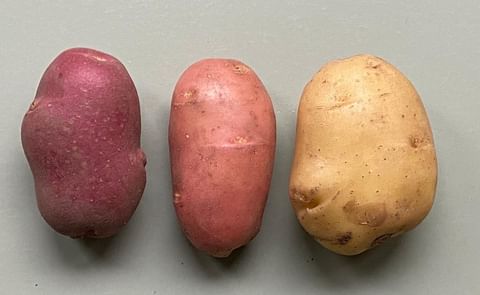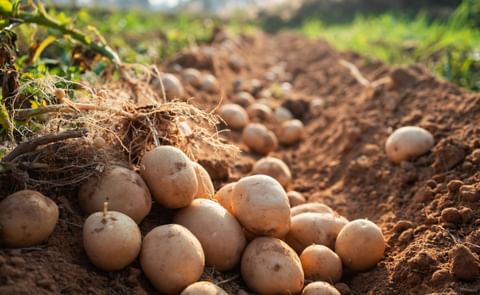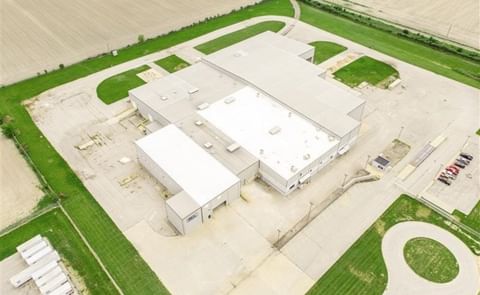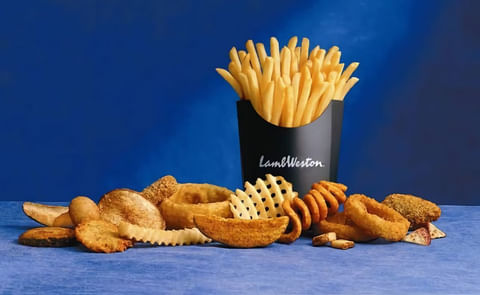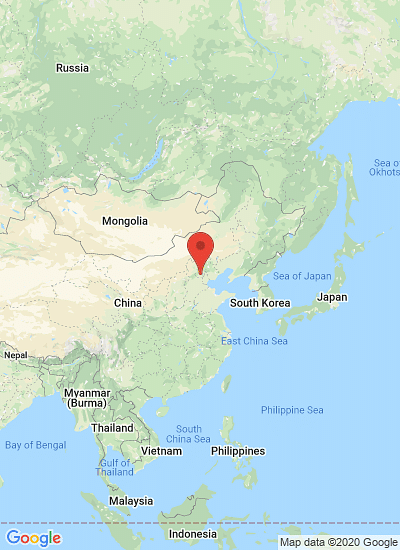For China, and the world, the stakes are huge. Demand for food in China is predicted to rise by 50 billion kilograms in the next five years, according to China’s Ministry of Agriculture, threatening to put an intolerable strain on the country’s food supply.
Up to now, China has done a remarkable job of feeding 20% of the world’s population on just 7% of the world’s arable land – China only became a net importer of rice, wheat and corn as late as 2011 – and absolute self-sufficiency in grain remains a cornerstone of Chinese government policy.
But with demand for food rising by 10 billion kilograms per year, China will have to increase yields dramatically if its food supply is to keep up. If it is unable to do this, food prices around the world will be certain to rise even further over the coming years.
So how is China’s government planning to overcome this huge challenge? According to recent reports, it appears that the potato will play a key role in the government’s plan to safeguard China’s food security.
In a meeting on January 6th, the Ministry of Agriculture announced plans to double the total area of land devoted to potato cultivation from just over 5 million hectares to 10 million hectares.
Potatoes are also expected officially to become China’s fourth ‘staple food’, meaning that in future potato cultivation may be afforded the same protection and subsidies as rice, wheat, and corn.
The key attraction of the potato to government planners is its hardiness. As Yu Xinrong, Vice Minister of Agriculture, pointed out in a recent press conference, potatoes can survive in cold, dry, and barren environments where cultivating grains may not be possible. In a country increasingly blighted by water shortages, this is a huge advantage.
In the same press conference, however, Yu made clear that any expansion in the area devoted to potato cultivation will not be at the expense of the other three ‘staple foods.’ Instead, land set aside for rice, wheat, and corn will be ring-fenced, and previously unused land unsuitable for grain cultivation will be found for growing potatoes.
If 5 million hectares of extra land can be found, and if potatoes can successfully be cultivated on all of it, then even at China’s current average yield for potatoes of just 15 tonnes per hectare, this would provide more than the 50 billion kilograms of extra demand for food the Ministry of Agriculture believes will appear by 2020.

Harvesting Potatoes in Inner Mongolia
And if the government’s target of increasing the yield for potatoes to 30 tonnes per hectare can be achieved, the 50 billion kilogram target could be smashed three times over.
On the other hand, those are three big ‘ifs’, especially given the rugged, poor quality land likely to be set aside for growing potatoes.
There is also a big technological obstacle to overcome – China currently lacks the processing technology to use potatoes to make popular foods such as noodles and steamed buns. This will certainly be a focus of R&D efforts over the coming years, and could be a potential opportunity for international processing companies.
And of course, there are huge long-term threats to Chinese agriculture that could negate any rise in potato production.
Firstly, three decades of rapid economic growth and urbanization have already laid waste to much of China’s farmland – 19.4% of the country’s arable land is heavily polluted, according to the government’s own estimates – and unless urgent action is taken, soil acidification, salinization, and erosion (not to mention more direct forms of contamination such as heavy metal pollution) will all take a terrible toll on crop yields.
Looking further ahead, climate change could be potentially even more damaging. Excluding the possible effects of carbon dioxide fertilization, crop yields in China could fall by up to 37% in the next twenty to eighty years, according to Professor Lin Erda of the Chinese Academy of Agricultural Sciences.
And of course, there is a risk that even more of China’s precious arable land may be sold off to developers to balance local government budgets.
If China can find solutions to all these issues, then the humble spud may well be the key to achieving the absolute food security the government craves.
For the rest of the world, in the near future at least, opportunities are likely to lie mainly in the processing and fertilizer industries. China's government is sure to pour money into R&D to develop domestic processing technology and fertilizer, but companies outside China may find openings, especially in the near term.
Currently, all imports of potato tubers to China from several countries are banned, including the US, Canada, and many European countries. Again, China is likely to invest heavily in R&D to develop better quality varieties, which will be key to improving yields. However, there is a possibility that the ban may be relaxed in future.


